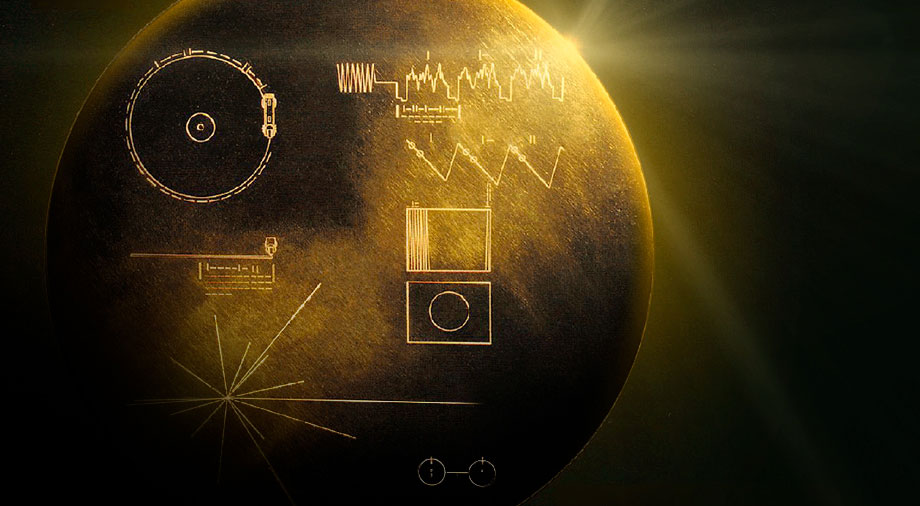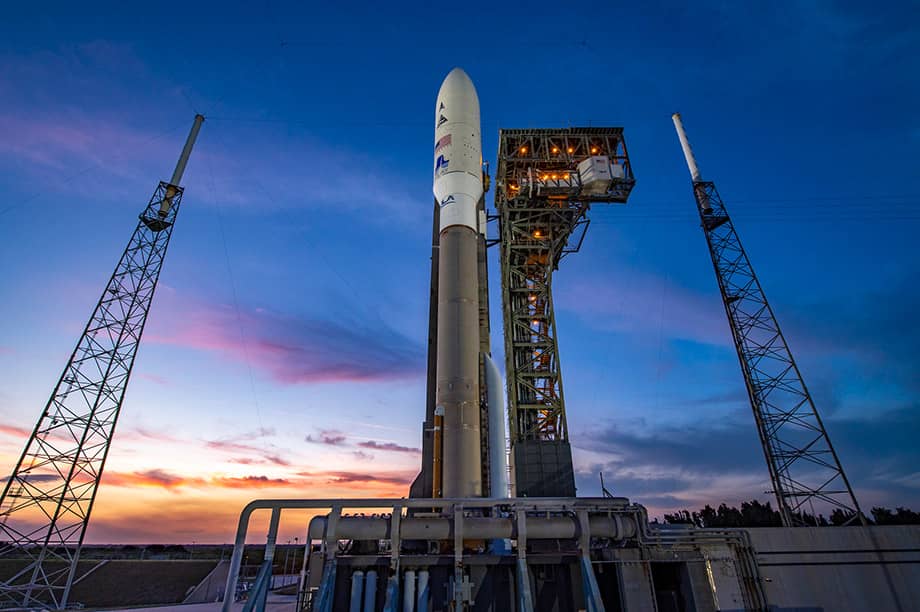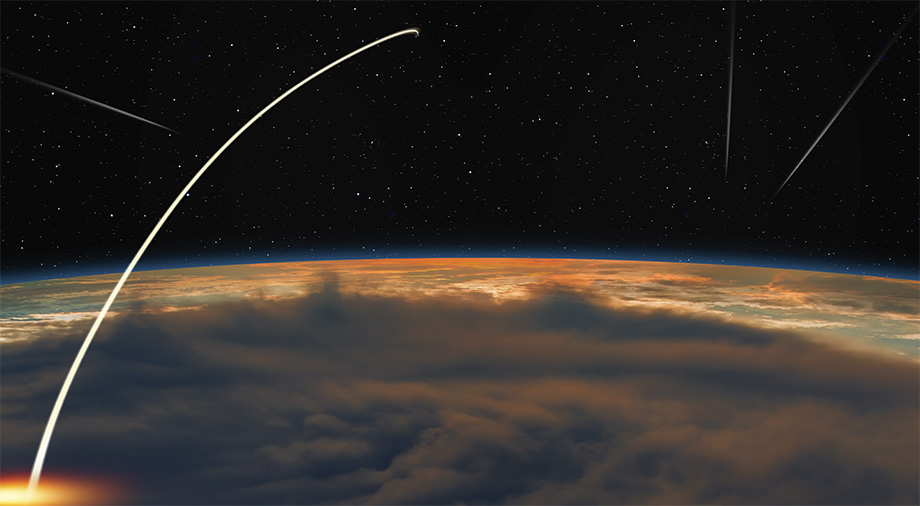Despite starting its space journey a little before Voyager 1, Voyager 2 was nevertheless made the number-two craft to bear its name. Its slower flight speed, however, allowed Voyager 2 to visit more planets in our solar system.
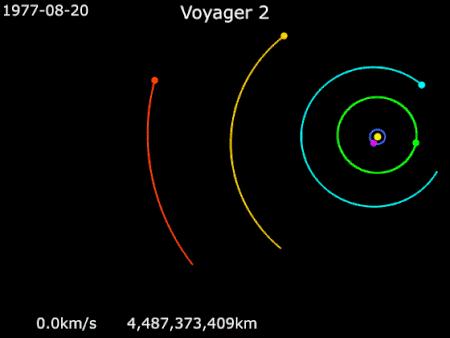
source: wikimedia.org
Though identical to Voyager-1 in its technical specifications, No. 2 has gone its own unique way, which we will talk about in the final part of our series on the Voyager space program.
Cosmic background and magnetic field measurements
In our previous installments, we talked about how communications work in deep space and what kind of computers the Voyagers were equipped with. However, we didn’t get to talk about the equipment intended to study the interstellar medium surrounding Voyager, particularly the weak fluctuations of its magnetic field, cosmic rays, low-energy particles, and plasma. These measurements allowed astrophysicists to get a more accurate picture of the background radiation inside and outside the solar system, as well as provide information about the magnetospheres of Jupiter, Saturn, Uranus, and Neptune.
To measure magnetic fields, Voyager uses 4 magnetometers: 2 high-field and 2 low-field. The device is a set of three fluxgate magnetometers wound around an annular ferromagnetic core, which provide a picture of the change in the magnetic field along three spatial axes. Changes in the magnetic field near the planets and moons that Voyager flew by allowed NASA specialists to create a three-dimensional model of our solar system’s magnetic field.

source: www.allaboutcircuits.com
The low power requirements of the Voyager magnetometers would allow them to measure magnetic fields in space for decades to come. But within a few years, the levels of magnetic fluctuations would decrease to such low thresholds that they would no longer be detectable by Voyager 2’s instruments.
Voyager 2 uses the CRS (Cosmic Ray Subsystem) to measure cosmic rays. It allows the spacecraft to measure the energy spectrum of electrons arriving at the sensor in a range of 3 to 110 MeV.
The operation of the CRS system is served by three subsystems:
- The High Energy Telescope System (HETS)
- Low Energy Telescope System (LETS)
- The Electron Telescope System (TETS)
CRS is the most sensitive instrument located on Voyager, which allows it to measure the energy spectra and composition of cosmic ray nuclei in an energy range of 1–500 MeV/nucleus. As a result, CRM was able to analyze the composition of solar wind, detecting the presence of nitrogen, helium, carbon and oxygen atoms. It was the change in the level of galactic cosmic rays captured by the CRS that allowed Voyager 2 to leave our solar system in November/December 2018.
To capture low-energy charged particles, Voyager uses the LECP (Low Energy Charged Particle) system, which is made of two instruments:
- LEMPA (Low Energy Magnetospheric Particle Analyzer) – Contains a sintered cobalt and rare metal magnet that filters incoming low energy particles, redirecting ions and protons to its total energy alpha detector and diverting medium and low energy particles to beta and gamma detectors. LEMPA was designed to search for and detect low-energy particles near the planets and moons that Voyager flew by and is capable of detecting energies of up to 12 keV (kiloelectron volts).
- The LEPT (Low Energy Particle Telescope) is a set of solid state detectors for measuring the charge distribution of low- and medium-energy nuclei. The LEPT was designed to search for interplanetary and interstellar low-energy particles.
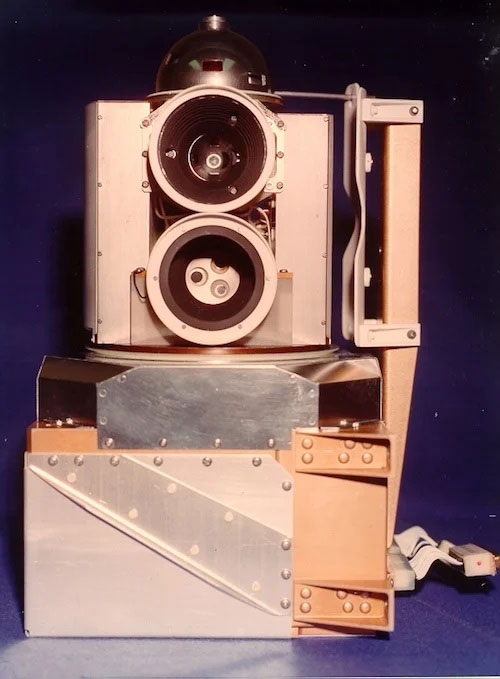
source: www.allaboutcircuits.com
Voyager also has a system of four instruments which make up the PLS (Plasma Science) system, which captures the low-energy ions and electrons that dominate the cosmic plasma. Three of the PLS system’s plasma detectors are directed in the direction of the Earth towards the solar wind stream emanating from the Sun, and the fourth one is installed perpendicularly to this direction.
Message from Earth
Before launching the Voyagers to the most distant corners of our solar system, NASA also thought about creating a message in case the spacecraft was intercepted by extraterrestrial civilizations on its way. For its cosmic “message in a bottle,” NASA decided to use a gold-plated video disc attached to the outer base of the hull of each Voyager.
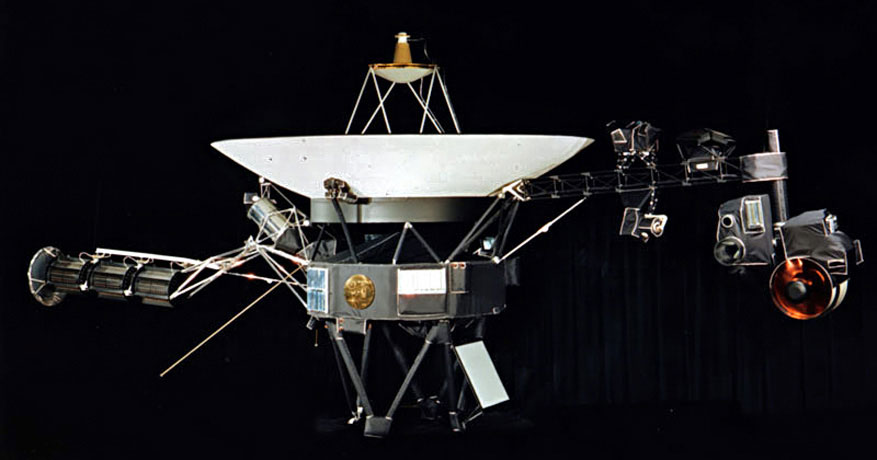
source: voyager.jpl.nasa.gov
The plate was encoded with 115 slides illustrating life on Earth. As musical content, all the variety of earthly sounds was recorded: the sound of the surf, the rustle of the wind, the cry of a child, the whisper of a mother, the roar of an earthquake and volcanic eruption, the boom of thunder. The disc also featured recordings of the voices of various animals and birds. The musical heritage of human civilization was represented by the works of Bach, Mozart, and Beethoven, jazz compositions by Louis Armstrong, and other national music of the peoples inhabiting the Earth. In 2015, NASA decided to release the complete collection of records from the gold discs of both Voyagers to the public. Their audio content can be found on the agency’s Soundcloud.
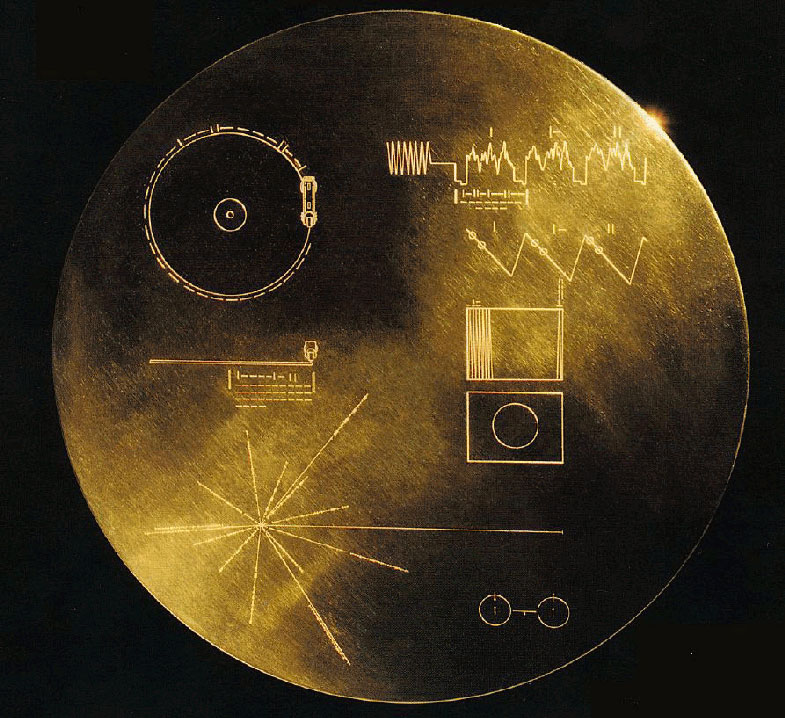
source: www.popsci.com
The binary code with which the disk was programmed even indicated the location of the Earth in our Galaxy. As reference points on this route, NASA took the coordinates of the location of 14 pulsars – highly magnetized and extremely rapidly rotating neutron stars – which as a result of their rotation emit a large amount of cosmic radiation from the base of their poles.
In order to determine the location of our Earth in relation to 14 pulsars, any aliens who discover the disks are instructed to use a measure of 1420 MHz. It is in this range that the hyperfine molecular structure of hydrogen, the most common substance in the material Universe we observe, radiates.
Perhaps the Voyagers will wander through our Universe for more than a billion years. Along with the passage of time, the chance increases that one day, this romantic dream of NASA will finally find its ultimate addressee.
Results of the Voyager 2 mission
Let’s recount the path traveled by Voyager 2. We have compiled a short list of the most memorable discoveries that the spacecraft has made over its voyage.
- August 20, 1977 – launch of Voyager 2 with the Titan-Centaurus launch vehicle (Titan IIIE).
- On July 9, 1979, the probe came close to Jupiter (71,400 km) and made a close pass of its moons, Europa and Ganymede, obtaining unique images and monitoring data near the surface of the moons. Voyager 2 was also able to explore the atmosphere of Ganymede. The probe determined its density and chemical composition, and also found a dense crust consisting of mud and ice on the moon’s surface.
- On August 25, 1981, Voyager 2 was able to pass at a minimal distance from Saturn (101 thousand km). Its trajectory also passed around Saturn’s moons Tethys and Enceladus, providing stunning images of their planetary topography.
- Voyager 2 approached Uranus in January 1986. On January 24, the device made its closest pass at the planet, coming within 81,800 km. It analyzed the planet’s atmosphere of Uranus, observing the movement of a giant layer of planetary clouds.
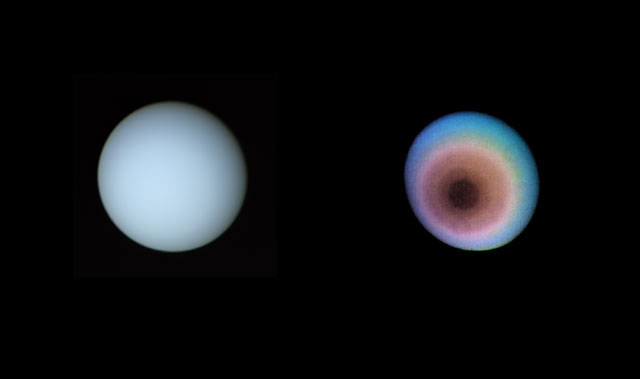
source: voyager.jpl.nasa.gov
- During its approach of Neptune, Voyager 2 was able to fly by at a distance of 5000 km, finding a giant spot in its equatorial zone, which is twice as large in diameter as our planet’s. Researchers concluded that this spot is a funnel of one of the largest atmospheric anticyclones in our system, with wind speeds inside reaching 2400 km/h. Voyager 2 also discovered 4 previously unknown moons of Neptune, and was also able to explore Saturn’s moon Triton. Voyager 2 recorded geyser activity on the moon’s surface, which considered unusual for objects so far from the Sun.
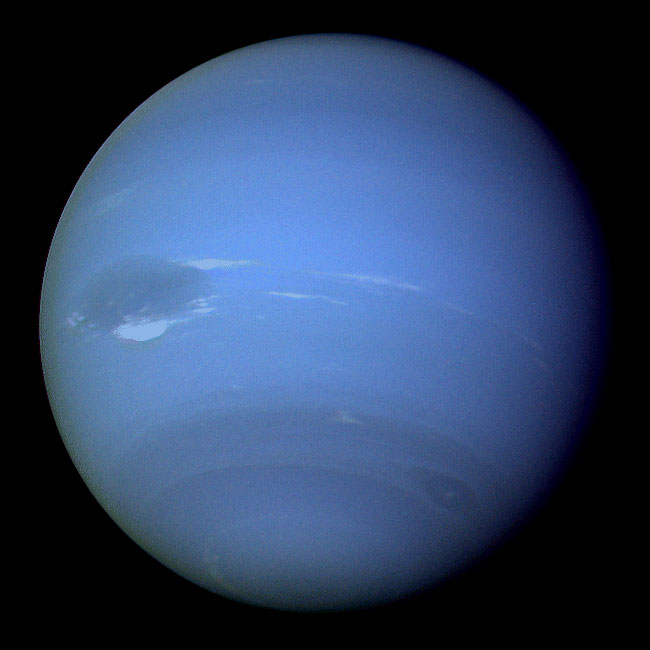
source: voyager.jpl.nasa.gov
- The encounter with Neptune was Voyager 2’s last encounter with a planet in our solar system, as Neptune’s gravitational field changed the probe’s course trajectory. As a result, Voyager 2 deviated from its ecliptic plane and finally lost the ability to enter the orbital trajectories of the planets of the solar system. Voyager 2 began to slowly move away from Neptune, and on December 10, 2018 crossed the border of the solar system, entering interstellar space.
- In 2019, the scientific journal Nature Astronomy published a series of articles on the probe’s activities in interstellar space. In particular, NASA presented data obtained from magnetic field detectors, low-energy particle registers, cosmic rays and interstellar plasma.
Currently, Voyager 2 and its twin brother Voyager 1 are slowly moving away from the outer edges of the solar system. Today, on both probes, as part of energy saving measures, most of the scientific installations and systems for conducting astronomical experiments have already been switched off. However, no matter what NASA does to extend their operating life, communication with them is likely to be interrupted as early as 2025. Spacecraft will forever remain wandering in space, representing the physical embodiment of mankind’s indefatigable craving for knowledge.

